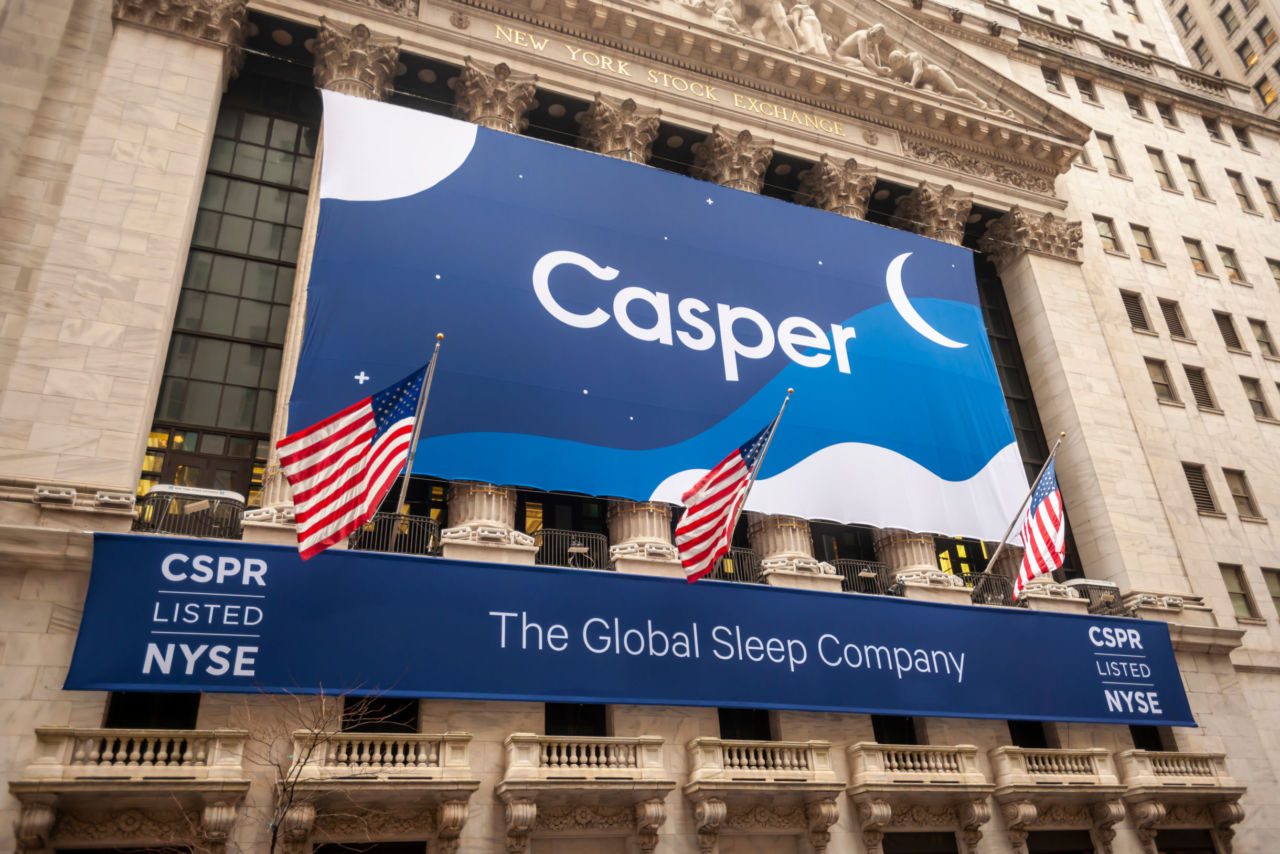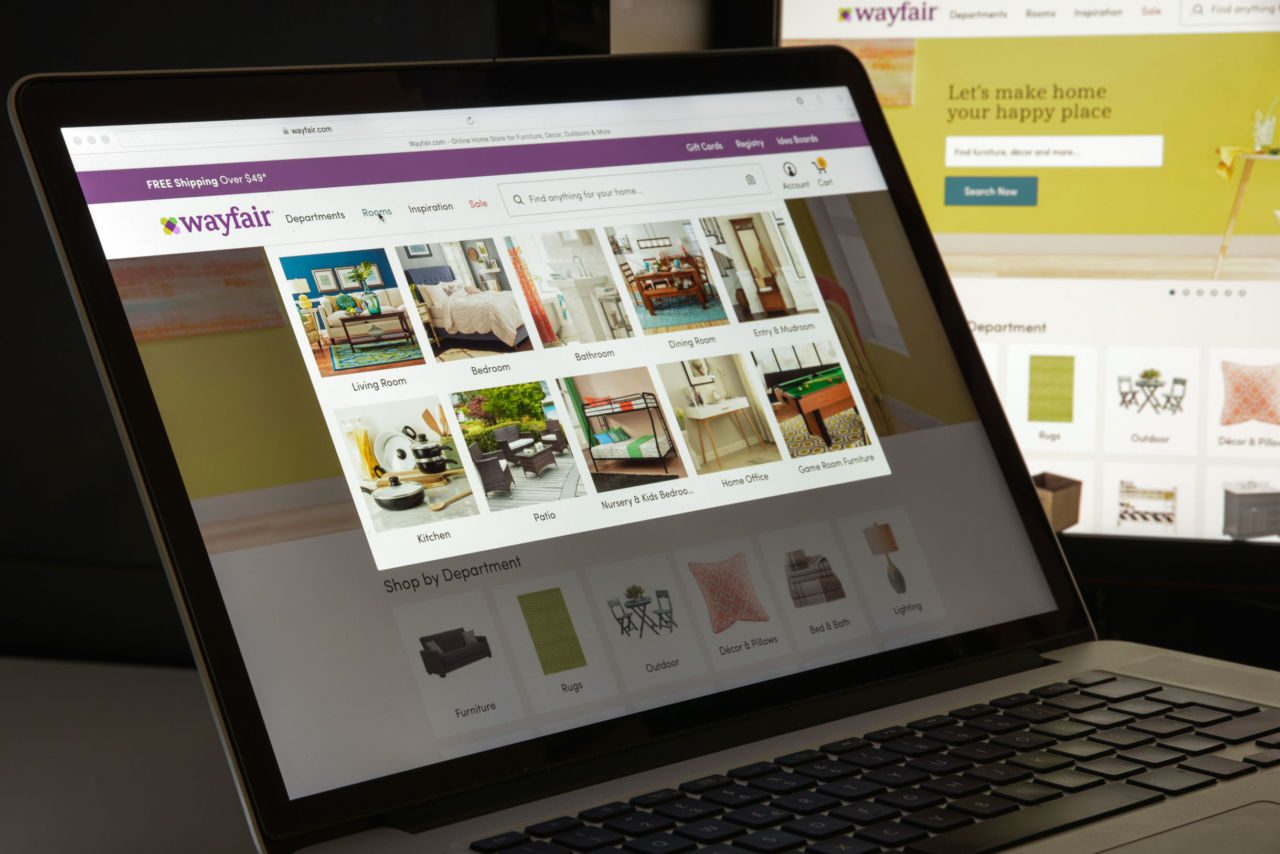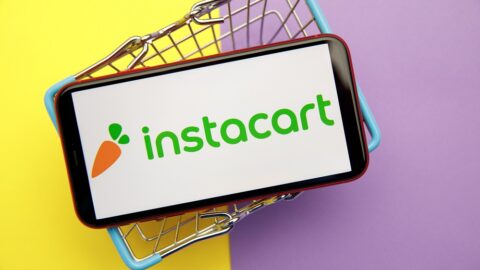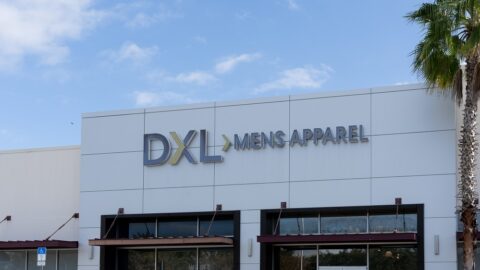If you take a look at retailers’ stock performance today,
you’ll likely see a lot of red. Looming recession and political volatility
aside, new developments surrounding
the spread of coronavirus, or COVID-19, are throwing the market for a loop.
For example, after months of discussion, J.Crew announced this month that it
was delaying its proposed Madewell IPO in order to seek “strategic alternatives
to maximize value.”
But even in less tumultuous times, the stock market can be a wild ride for retailers
— particularly the newest crop of digitally native and direct-to-consumer (DTC)
brands. Even companies that have garnered consumer “buzz” and closed multiple funding
rounds from VCs may find the public markets an entirely different — and hard to
tame — animal. The Retail TouchPoints editorial team zeroed in on four
digital disruptors at various stages of the process. The editors consulted retail
industry and financial experts to diagnose these brands’ strengths, weaknesses
and chances for success:
- Blue Apron, a known pioneer in the meal kit sector that has struggled to differentiate itself;
- Casper, which despite market buzz and customer loyalty went public with lackluster results;
- Glossier, which has generated speculation about a public offering in 2020; and
- Wayfair, which despite digital innovation has failed to be profitable.
Valuing Growth Over Profit Sent Blue Apron’s IPO Spiraling

Photo Credit: Shutterstock
Being first to the market will only get you so far, and the rise and fall of Blue Apron provides proof. Blue Apron was one of the first wave of meal kit retailers to hit the U.S. in 2012, and the company leveraged its popularity and media buzz into what was expected to be a more than $500 million IPO in July 2017.
The brand had good reason to expect success, with standout attributes including a proprietary distribution channel, high potential customer lifetime value (LTV) and a strong social media presence, according to Alex Song, Founder and CEO of tech investment firm Innovation Department.
Unfortunately, its plans didn’t come to fruition: Amazon’s then-recent acquisition of Whole Foods shook up the market and forced Blue Apron to slash its range from $15 to $17 per share down to $10 to $11. The company’s post-IPO performance remained unimpressive, and share prices cratered to $1 by December 2017, resulting in the resignation of Co-Founder and CEO Matt Salzberg.
“Blue Apron continued a losing strategy several quarters too long before they realized they couldn’t convince public investors to see the world their way when it came to valuations,” said Song in an interview with Retail TouchPoints. “Ultimately, betting on the wrong strategies took them too far down the path of no return.”
One of Blue Apron’s biggest missteps was its lack of differentiation: the retailer had both momentum as an early player and a reputation for quality, but these weren’t strong enough to keep customers from being lured away by competing meal kit players.
This doomed the company to a lifetime in the red: the average customer spent $529 with Blue Apron in their first six months, but only 28% remained with the service that long, according to data from Second Measure. Moody’s estimated the retailer’s marketing expenses at $463 per customer — meaning most new shoppers dropped their subscription before they could become profitable.
“Blue Apron had a first mover advantage and developed a unique direct subscription relationship with its customers. However, its brand and product offering was not strong enough to keep customers from trying competing services. Blue Apron should have focused on maximizing quality over scaling total sales.”
Alex Song, Founder and CEO, Innovation Department
The biggest lesson other retailers and subscription services can learn from Blue Apron? “Scaling without a clearly communicated path to profitability in any category is an absolute recipe for disaster,” according to Song. The retailer prioritized growing its market share over becoming profitable by boosting retention, or growing with an eventual acquisition in mind. Even if its current evaluation of strategic alternatives results in a sale, it may be too little, too late. — Bryan Wassel
As Casper Seeks Profitability, New Revenue Sources — And Likely More Capital — Are Necessities

Photo credit: Shutterstock
Since filing for an IPO in February 2019, the once-$1.1 billion unicorn Casper seems less legendary and more down-to-earth. Upon pricing its IPO at $12 per share, well below initial estimates that ranged between $17 and $19 per share, the company’s valuation fell to $476 million, indicating that investors are losing faith in the “bed-in-a-box” mattress company’s ability to make money.
One issue is that Casper appears to be relying too heavily on its positioning as a pseudo-tech company, with its emphasis on terms such as the “Sleep Economy” and the “Sleep Arc.” The company even suggested in its S-1 filing that it would enter the medical devices market with CPAP machines and white noise machines to supplement its main offering of mattresses, pillows and bedding items.
As with many tech companies, profits still await. When releasing its most recent earnings within its filing, Casper revealed that it achieved 24% revenue growth to $128 million, but saw $23 million in losses. The company also expanded its losses to $95 million in its most recent four quarters, up from $89 million in the prior 12 months.
“The financials and growth don’t match with the picture of market size. At a low 20% growth rate, Casper should be profitable and showing increased operating leverage. With a gross margin of 50% and sales and marketing expenses consistent for two years at 36% of revenue, they’d need to add almost $500 million in additional revenue to break even, even if you unrealistically assume no further increase in G&A expenses.”
Jason Stoffer, Partner, Maveron (via Twitter thread)
Even with financial loss, Casper still plans on opening as many as 200 physical stores; it has already opened 60 locations across North America.
Compare Casper, which has gotten perhaps the most hype among the fast-multiplying group of online mattress retailers, with Purple, which went public after a merger with Global Partner Acquisition Corp. in 2017. Purple posted $8.4 million in profits in Q3 while growing sales 66% to $117 million, and carried a stock price of $13.40 per share to open March 4. Casper at the time rested at $9.12 per share.
“Maybe their stores have airtight unit economics and drive down omnichannel sales and marketing cost significantly,” Stoffer said. “Perhaps the importance of sleep for consumers continues as a macro trend. And Casper uses equity to buy businesses like Aura and even some payer-reimbursed products and services to own the sleep vertical. What’s clear is they are never going to get to profitability selling more commoditized pillows and mattresses, without investing hundreds of millions of additional investor capital.” — Glenn Taylor
Despite Cultural Impact, Glossier’s IPO Future Remains Unclear

Photo credit: Glossier
Since its founding in 2010, Glossier has become a DTC phenomenon. Considered a VC darling, the brand has garnered support from big-name investors such as Forerunner Ventures, Thrive Capital, IVP and Index Ventures. After receiving $100 million in Series D funding from Sequoia Capital, Glossier’s business value totaled $1.2 billion, making it an official member of the “unicorn club.”
Media speculation about whether Glossier would go public began as early as 2018, but rumors have accelerated since the brand gained unicorn status, onboarded new executive leadership and expanded further into brick-and-mortar. However, despite undeniable growth and business potential, industry experts recommend that the beauty and skincare brand steer away from an IPO.
“I would not advise an IPO right now, especially in cosmetics,” said Kristin Bentz, founder of KB Advisory Group, LLC, in an interview with Retail TouchPoints. “With all the market volatility and now with the coronavirus, I wouldn’t even think about it right now.”
Glossier has certainly put its mark on the beauty market. A key player in the “natural beauty” era, the company has put itself at the center of the cultural zeitgeist. Ad agencies and marketers now create editorial touting the “Glossier look,” while competing brands try to replicate the brand’s aesthetic, Bentz explained. “There was a girl on Twitter that said she wanted her room painted in Glossier pink. You can’t pay for branding like that.”
However, having a strong brand is only a small piece of a larger, more complicated puzzle once a company goes public, according to Bentz. For example, product differentiation becomes a key pressure point and can significantly influence market perception — especially in the beauty category.
“At the end of the day, they’re a DTC brand and it can be a slippery slope. If they do an IPO, I don’t necessarily know if there’s enough product innovation for them to tackle quarter after quarter. When you are part of a public company, those planning meetings are stressful and require a lot of innovation.”
Kristin Bentz, Founder, KB Advisory Group, LLC
Bentz noted that rather than jumping into the public market, an acquisition would allow Glossier to scale while giving founder Emily Weiss the chance to maintain full autonomy over the brand, its community and growth roadmap.
“Weiss built the community before the product and that has remained one of their biggest differentiators,” Bentz explained. “They’re always close and always sticky. You have girls walking around wanting the Glossier flip-flops and the sweatshirt — the brand has become something bigger, and there’s room to run with it.”
2019 was a significant year of growth for Glossier; it launched nine new products and opened several pop-ups in new markets, including Boston, Miami, Seattle and Austin, Texas. Already in 2020 the brand has announced that it is keeping its London pop-up open through the rest of the year due to its success. This news, coupled with a new product line (Skywash eyeshadow), and a new, highly experienced executive suite, including a Chief Financial Officer, Chief People Officer and Chief Operations Officer, make Glossier a viable acquisition target.
“They’re likely already getting offers,” Bentz speculated, “but they have to maintain their ‘cool factor.’ Very few brands can do that successfully and scale.” — Alicia Esposito
Can Wayfair Keep Failing Upward?

Wayfair has failed to turn a profit.
Photo credit: Shutterstock
Wayfair has been around for nearly a decade (with roots that go back even further), but it continues to operate like a cash-burning startup. The furniture and home décor retailer, which went public in 2014, lost more than $985 million in 2019 on revenue of $9.1 billion — a 34.6% increase over the previous year— and it has yet to post a profit, according to CNBC. The company has been criticized for overspending on technology and advertising — its latest TV commercial features celebrity Kelly Clarkson — without having figured out a reliable way to generate profits.
“They’re in a market that, from a strategic perspective, isn’t a great fit for a digital business model. How do you ship (and manage returns) for big, heavy items, which also are products that you need to see, sit on, touch and feel in ways that are even more important than they are for apparel?”
Hilding Anderson, Head of Retail Strategy, Publicis Sapient
Wayfair does have some solid business fundamentals. “They have a very positive cash conversion cycle,” said Anderson. “They get payment from their customers at the time they order, with three days outstanding on average, but they don’t have to pay suppliers for close to 40 days. That amounts to free financing of billions of dollars for more than 30 days.”
Wayfair also has mastered personalization to an extent that many other retailers haven’t. “At Publicis Sapient, we talk about them as a leader with their use of data and algorithms,” said Anderson. “Their personalization and core site experience are amazing; they’re best in class with that.”
The solutions supporting Wayfair’s personalization prowess could be marketed to other retailers, creating another revenue source. “I wonder if there’s an opportunity to sell their personalization platform to a large department store or a home improvement store,” said Anderson. “I think that would be an ROI positive without eroding [Wayfair’s] competitive standing.” However, Wayfair’s stock price remains volatile: a February announcement of 550 job cuts caused a 14% drop, according to Forbes, with a similar dip following the report of its 2019 full-year results. “They need to think about costs more structurally and tighten them, but not to the extent that it will stifle revenue growth,” said Anderson. “They need to clearly understand how much ‘runway’ they have until they have to make a profit, and it’s a little longer than at a traditional retailer because of their economic model.” — Adam Blair













